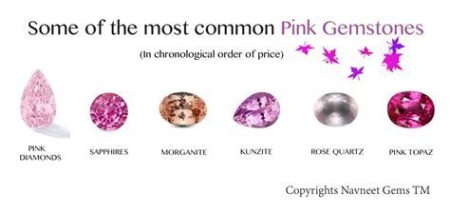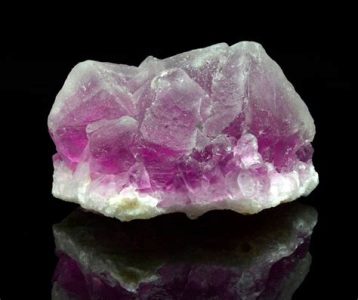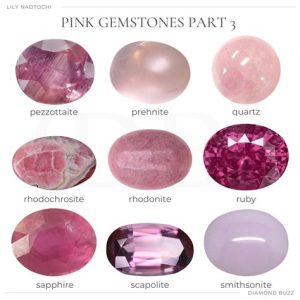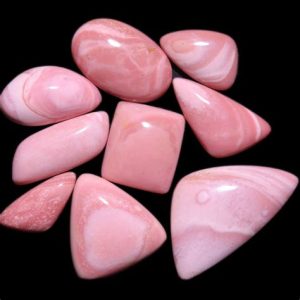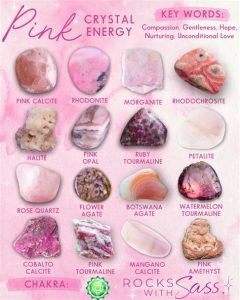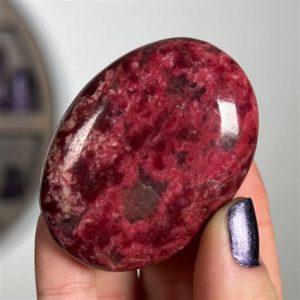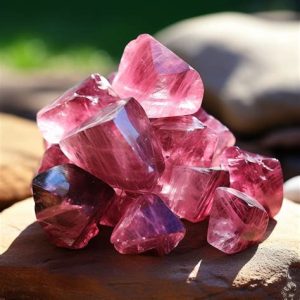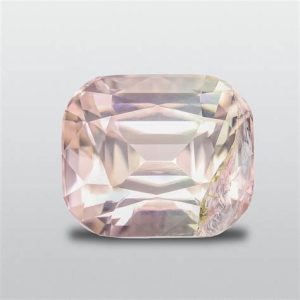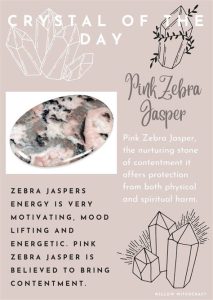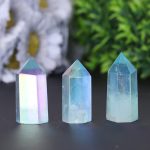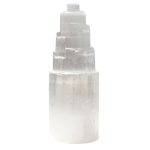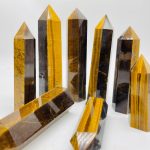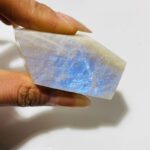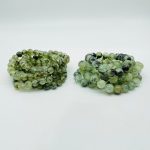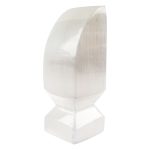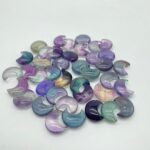Introduction
Whether you’re a seasoned rockhound or a curious newcomer, the allure of finding crystals is undeniable. These gleaming treasures, formed over millions of years, hold a captivating mystique and offer a glimpse into the wonders of our planet. However, embarking on a crystal-hunting expedition can seem daunting. To guide you through this fascinating journey, we’ve compiled a comprehensive guide that will empower you to uncover nature’s hidden gems.

Where to Find Crystals
-
Gemstone Mines: Designated areas where crystals are extracted commercially offer a promising chance of finding specimens. Research local mines and obtain necessary permissions before venturing out.
-
Riverbanks and Creeks: Water erosion often exposes crystals along riverbeds and creeks. Explore banks with steep slopes and search for areas where rocks have been broken apart.
-
Geological Formations: Cliffs, canyons, and mountains can harbor crystals within their rock layers. Look for areas with exposed rock faces and explore for crevices or pockets where crystals may have formed.
-
Beaches: Coastal areas can yield crystals washed ashore by waves. Focus on beaches with rocky cliffs or exposed sandbars.
How to Identify Crystals
-
Appearance: Observe the crystal’s shape, color, and luster. Use crystal identification charts or consult experts to determine which species you’ve found.
-
Hardness: Test the crystal’s resistance to scratches using a Mohs scale. Harder crystals, such as diamonds, will not scratch easily.
-
Cleavage: Inspect the crystal for planes of weakness where it may break apart. Certain crystal structures exhibit distinctive cleavage patterns.
-
Fluorescence: Some crystals glow under ultraviolet light. Use a UV lamp to identify minerals that exhibit fluorescence.
Extraction Methods
-
Hand-picking: In shallow areas, you can gently hand-pick crystals from the ground or riverbed. Use caution and avoid damaging the specimens.
-
Digging: If crystals are embedded in soil or rock, use a trowel or pickaxe to carefully extract them. Check local regulations before digging.
-
Water Sluicing: In creeks or rivers, use a sluice box to separate crystals from sediment. Pass water over the material to float the lighter crystals.
Tips and Tricks
- Learn about local geology: Understanding the area’s geological history can provide valuable clues about potential crystal-bearing sites.
- Join rockhounding clubs: Connect with experienced collectors for guidance and information on promising locations.
- Be patient: Finding crystals requires time and perseverance. Don’t get discouraged if your initial searches prove fruitless.
Common Mistakes to Avoid
- Trespassing: Always respect private property and obtain permission before entering.
- Over-collecting: Take only what you need and leave the site for others to enjoy.
- Damaging crystals: Use proper tools and handle crystals carefully to avoid breakage.
Step-by-Step Approach
- Research: Gather information about crystal-bearing locations and identification techniques.
- Plan: Determine where you will go and what equipment you will need.
- Explore: Search for signs of crystals in various locations using appropriate methods.
- Identify: Use your knowledge to determine the species of crystals you find.
- Extract: Carefully extract crystals using appropriate methods.
Pros and Cons of Crystal Hunting
Pros:
- Enjoyable hobby: Exploring the outdoors and searching for crystals can be a rewarding and engaging activity.
- Educational: Learn about geology, mineralogy, and the natural world.
- Therapeutic: The beauty and energy of crystals can bring a sense of peace and well-being.
Cons:
- Time-consuming: Finding crystals can require significant time and effort.
- Physical challenges: Hunting in rugged terrain can be physically demanding.
- Safety risks: Rockslides, venomous creatures, and water hazards pose potential risks.
FAQs
1. Do I need special equipment to find crystals?
– Not necessarily, but tools such as a rock hammer, shovel, and magnifying glass can enhance your search.
2. What is the best time to find crystals?
– After heavy rainfall or snowmelt, when crystals are more likely to be exposed.
3. Can I sell the crystals I find?
– Yes, but the value will depend on the quality, rarity, and demand for the specific crystals.
4. How do I clean crystals after finding them?
– Use warm water and a soft brush to remove dirt and debris. Avoid using harsh chemicals or ultrasonic cleaners.
Conclusion
Finding crystals is an adventure that combines the thrill of discovery with the appreciation for nature’s wonders. Whether you’re a seasoned collector or just starting your journey, we hope this guide empowers you to uncover the hidden gems that await. Remember to approach your searches with respect, patience, and a keen eye. May your explorations be filled with joy, discovery, and the timeless beauty of crystals.
Additional Resources
- American Federation of Mineralogical Societies (AFMS): www.amfed.org
- Rockhound Resource Directory: www.rockhounds.com
- Gemology Institute of America (GIA): www.gia.edu

